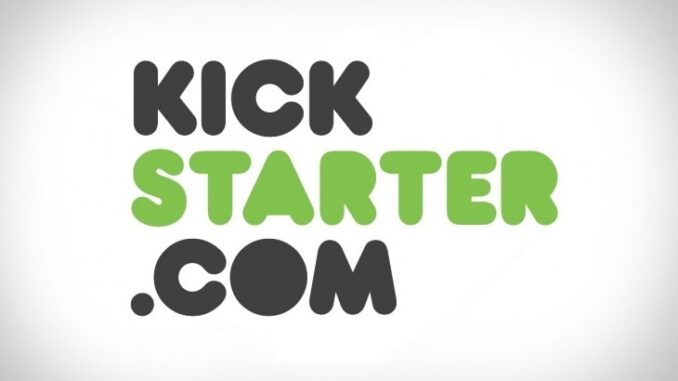
Working for yourself is a dream for many Americans, but the cost of starting your own money-making venture isn’t cheap. Crowdfunding is a way for anyone to try and gather funds for a project by asking the general public to contribute. This is done using sites like Kickstarter, and can be used to fund your own movie, game, invention, book, music, or performance. Most people are familiar with crowdfunding tools, but many projects don’t get funded despite offering an excellent and unique product. To help ensure that you’ll gain the attention of potential financial backers, you need to spend extra time tinkering with different aspects of your Kickstarter campaign to showcase the value of your idea. Some projects have done an excellent job of attracting funders and making over double the amount of money they were asking for. The Larian Studios video game company has gotten over double their requested funds of $500,000 to make “Divinity Original Sin II,” and that’s because they followed three simple steps to make an excellent campaign.
Post a reasonable pledge goal
The pledge goal is the amount of money you need to fund your project, making it the most important part of a Kickstarter campaign. If you charge too much money and fail to reach your goal, then you don’t get any of the funds that were pledged. On the reverse side, if you post a low-pledge goal and reach it, then you may not have enough money to do what you want, which can lead to a failed start-up.
Before you worry about making a video or writing your copy, you must thoroughly research the cost of business for your specific venture. Keep in mind that you may need money for advertising, equipment, wages, space rental, web hosting, and trademark costs. Once you deeply research the individual costs of doing business you will know exactly how much money you need. To assure potential funders that you will be using their money for your start-up, post a breakdown of where the money is going on your Kickstarter page and you will have established trust.
Spend time on the video
Not everyone is an actor/director, so making a video for a crowdfunding campaign can be difficult for some of those wanting to write a book or develop a game. This video is your chance to sell your product, so spend time writing, editing and rehearsing your script. If your script poorly explains your product, no one will want to buy it. If you sound like you’re reading off of your script because you didn’t rehearse it, then you may come off as disingenuous.
If you’re really worried about your script, focus more on showing off your product, even if you only have part of it completed. Those making a video game can show a couple minutes of game-play so funders can see the game for themselves. If you’re producing music, then use the video to showcase your musical talent. Give the audience a taste of what you’re producing without giving away every detail, you want to leave them wanting more.
Offer interesting incentives
If a funder has a reason to spend more money than the lowest pledge goal, then they just might. Each pledge goal should offer incentives that gives those that fund your product something for their contribution. The first pledge goal is the exception, it’s usually only $5 and offers nothing. Your second or third cheapest pledge category should give the funder the product itself. However, if your product is going to sell for $50 or more, then you may want your second and third pledges to be cheaper and offer the funder something else, like a voucher for a percentage off the cost of the completed product.
For the higher pledges, find a way for the funders to be a part of the product. If you’re making a movie, let them act as an extra. For Kickstarter campaigns to write a book, name characters after the top-end funders. The most expensive pledge categories should also give the funder the rewards offered in the less costly categories to give them more out of their donation. Some people may give money just to help fund a cool project or idea, but having great incentives can get people to spend even more.
